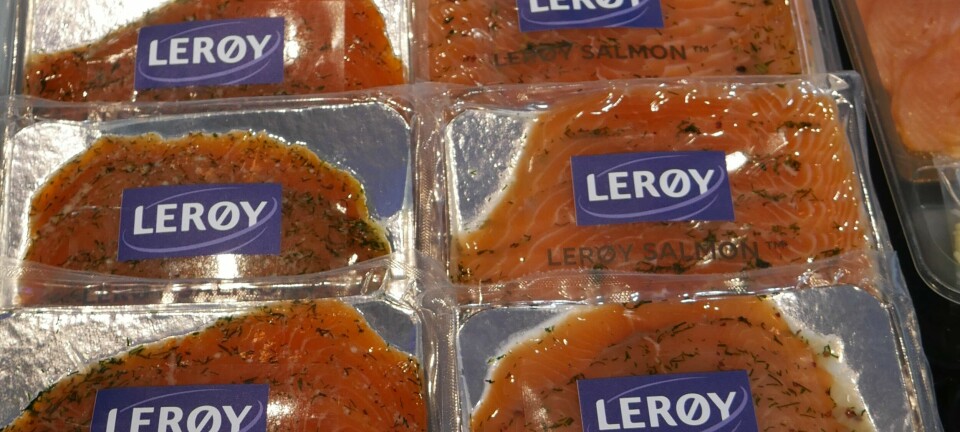
Fewer fish escaped from Lerøy farm than first thought
Salmon producer reduces estimated number of escapees by 40% after whole-site count
Norwegian salmon farmer Lerøy has lowered the estimated number of harvest-sized salmon that escaped from its Reitholmen site in Trøndelag county, central Norway, earlier this month.
The company’s Lerøy Midt division originally feared that around 14,000 fish had escaped through a tear in the net of a pen, but now put the number at 8,400, a reduction of 40%.
“After the total number of fish has been counted on the site, and information about the movement of fish between the cages on the site during production has been included, the scope of the escape has been reduced to 8,400 salmon with an average weight of 7.3 kg,” said Harald Larssen, the general manager of Lerøy Midt, in a press release.
800 salmon caught
The company says that it has had extensive recapture fishing within the area for which Norway’s Directorate of Fisheries and the State Administrator have given permission. Lerøy Midt said it had set out 18 km of nets and has so far caught more than 800 salmon. Recapture fishing will continue in the days ahead, in line with the permits from the authorities.
“Both we and the authorities are concerned that we should avoid catching wild salmon in this fishery and so far, we have succeeded in that,” Larssen said.
Larssen the company takes the escape very seriously and has therefore contacted experts to assess further damage-limiting measures.
“We want to get a good overview of the spread of the fish so that we can put in place targeted measures. Lerøy has been one of the driving forces to put in place a tracking solution so that escaped salmon can be traced back to their owner, we will use this solution,” said Larssen.
Health status
Lerøy said the fish that escaped have a good health status and are safe to eat. As is known, viral (Salmonid alphavirus, piscine myocarditis virus) and bacterial (Renibacterium salmoninarum) salmon pathogens were detected on the site, which the company said presents additional challenges that they must deal with together with the authorities.
“We are in full swing with testing recaptured fish to gain greater clarity as to what proportion of the fish have the infectious agent,” Larssen told Fish Farming Expert’s Norwegian sister site, Kyst.no.
In addition to close dialogue with the authorities and knowledge communities, Lerøy said its staff have met with several representatives of riparian rights holders in Trøndelag.
Need for coordination
“We see that there is a need for good coordination of the work that is ongoing and to be initiated, and we will therefore arrange a coordination meeting between us, the authorities, the expert communities, and river owners next week,” says Larssen.
Lerøy said its own environmental and safety group has worked together with the Directorate of Fisheries to find the root cause of the incident. The net in question was inspected by the Directorate of Fisheries and the Environment and Safety Group on Wednesday, but no final conclusion has been reached on the root cause.
“What we have uncovered so far is that the net damage has occurred when handling bottom weights. This should not happen, and we are following this up internally,” Larssen said.

























































